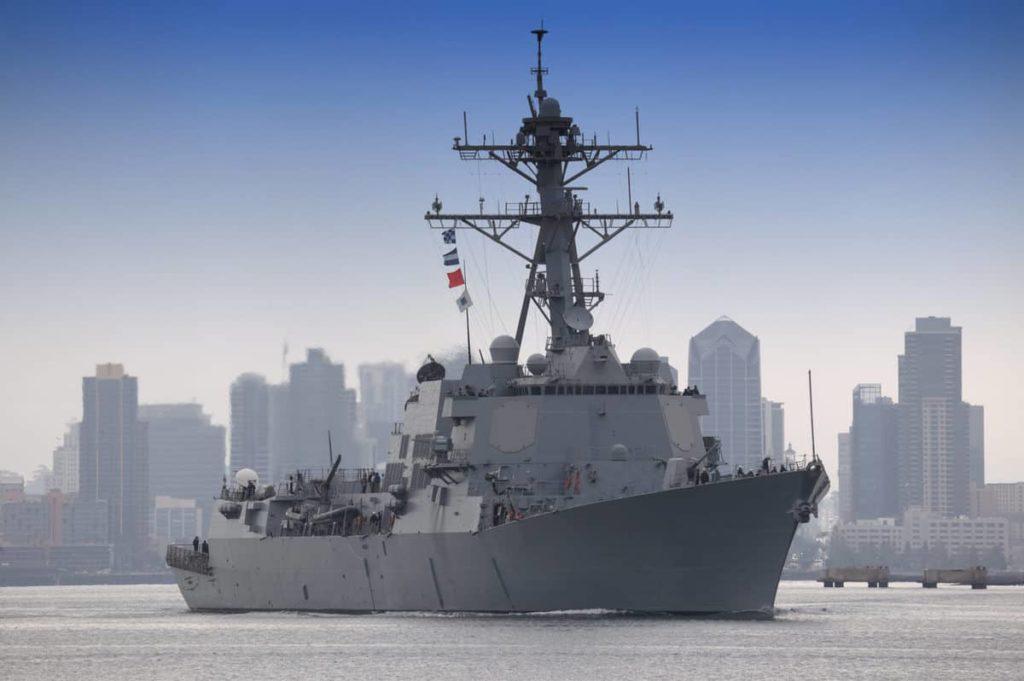Why the U.S. Navy Needs a Stealth Battleship to Take on China

Arleigh Burke-class guided missile destroyer leaving port.
Originally published by The National Interest
It could be stealthy, heavily armored, and armed with high-tech weapons.
A new kind of capital ship, a battleship for the twenty-first-century, could be needed to counter the increasing threat from China’s naval buildup. It could be a centerpiece of Secretary of Defense Mark Esper’s proposed 500-ship navy, operating in conjunction with a proposed fleet of autonomous missile ships. China’s strategy requires a rethink of twenty-first-century naval warfare.
Chinese anti-ship cruise and ballistic missiles make operating inside the first island chain that goes from Japan in the north to the Philippines in the south hazardous. While carriers are unlikely to become obsolete anytime soon, such considerations hamper their utility. Fleet design should account for the threats posed by the likely enemy.
By 2035, China could boast the world’s largest navy by tonnage and become a dominant force in the vital East China Sea and South China Sea waterways. This buildup gives China additional leverage over the estimated $5.3 trillion worth of commercial shipping passing through these sea lanes annually.
Carrier air wings could be forced to launch attacks from more than 1,000 nautical miles away due to the increased threat from anti-ship missile batteries, a 2019 study by the Center for Strategic and Budget Analysis (CSBA) found, putting them at their maximum operational range.
The U.S. needs a viable first-strike weapon system to clear the way for carrier battlegroups to operate with reduced threat from shore or seaborne missile batteries, such as that posed by any engagement with China.
- Biden channels Neville Chamberlain as Putin threatens Ukraine - December 10, 2021
- John Rossomando – The sequel to Kabul? - December 8, 2021
- COVID vaccine mandate proves Biden administration doesn’t care about military readiness - December 3, 2021
